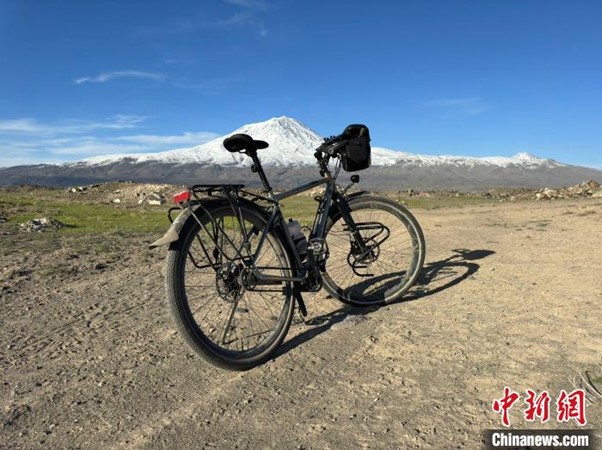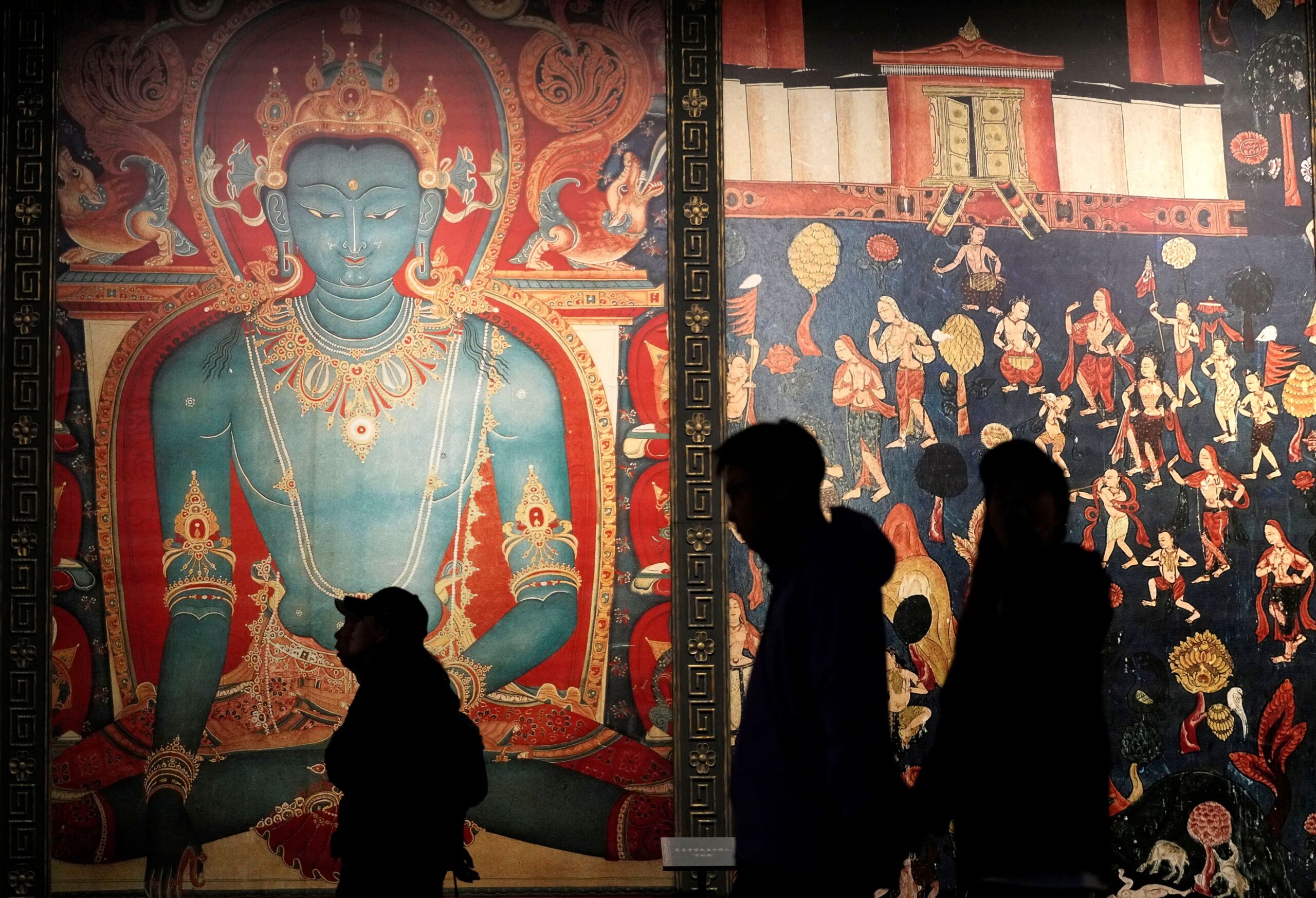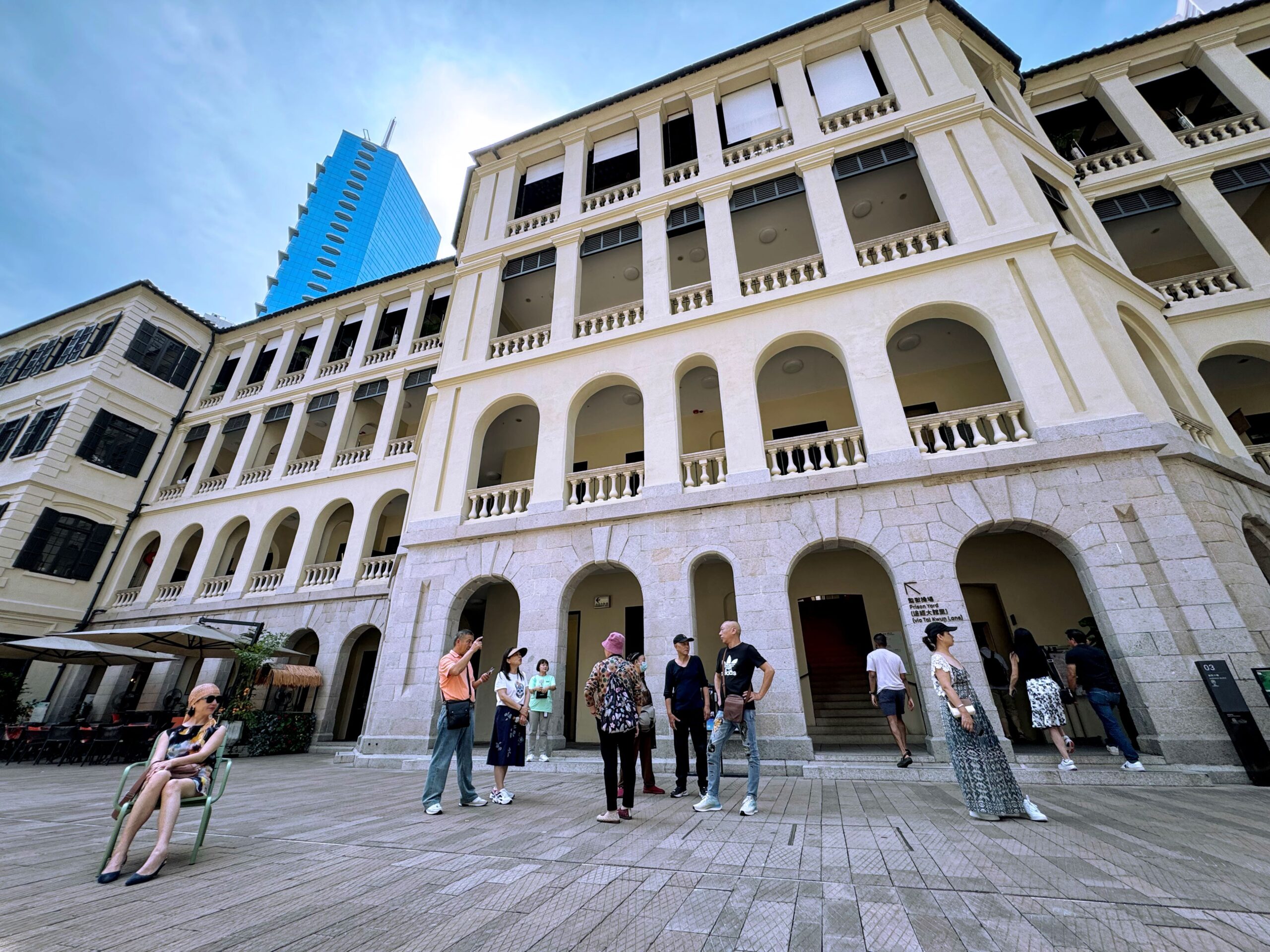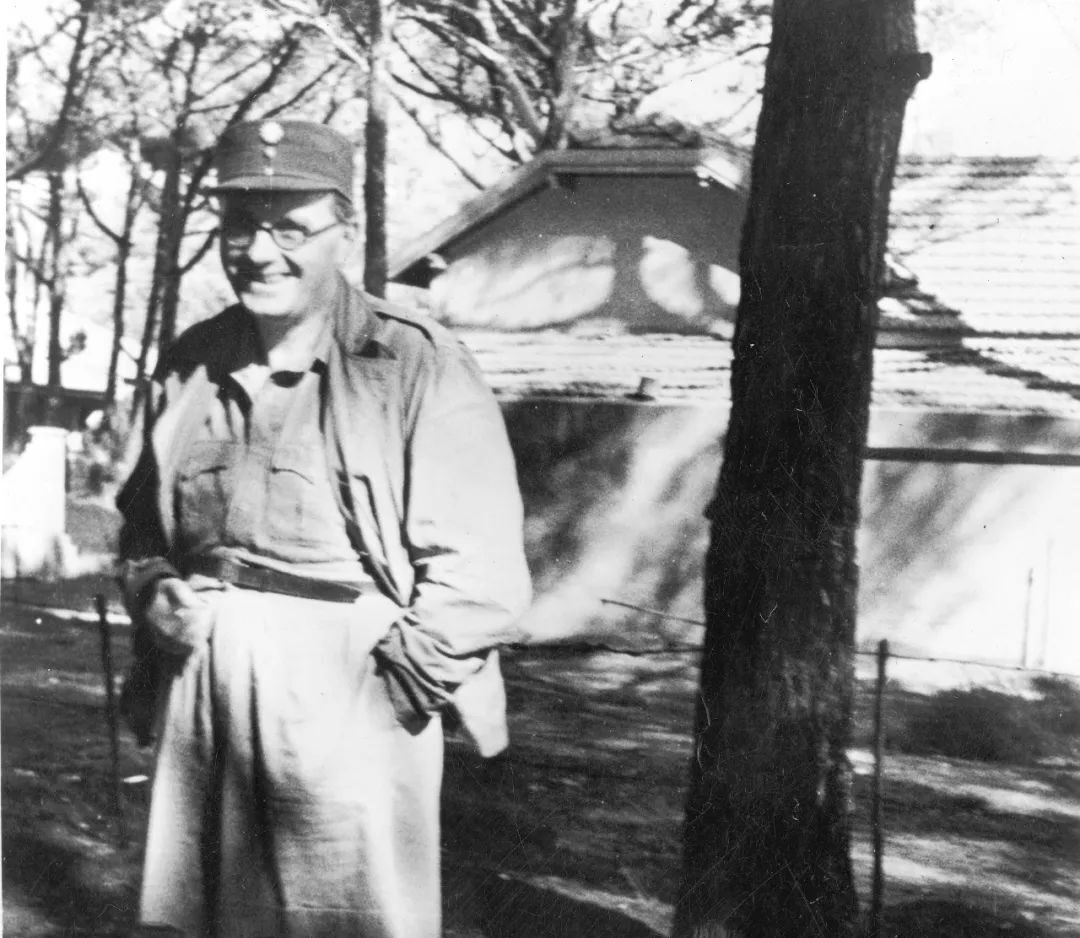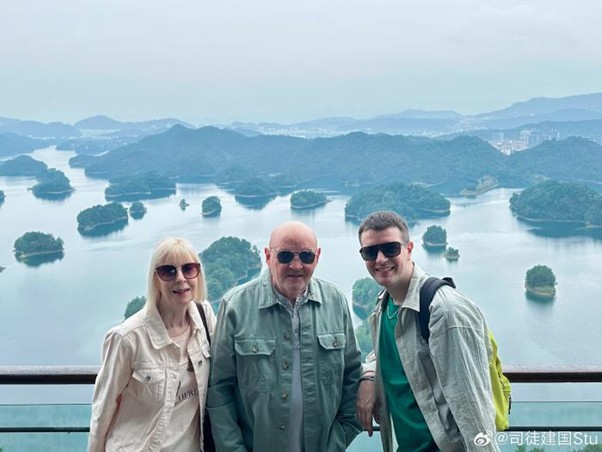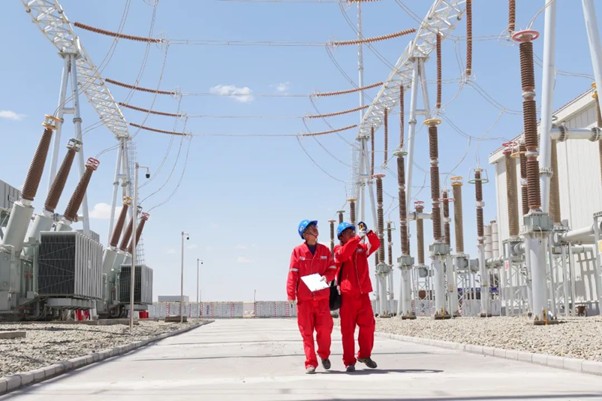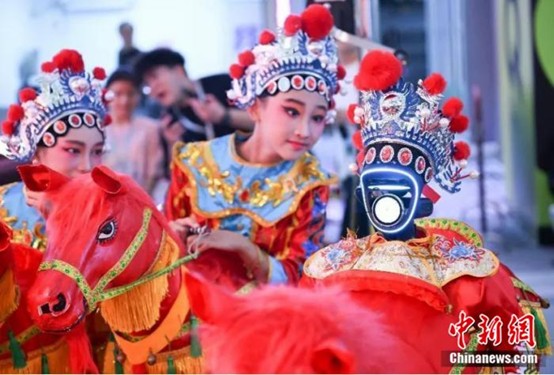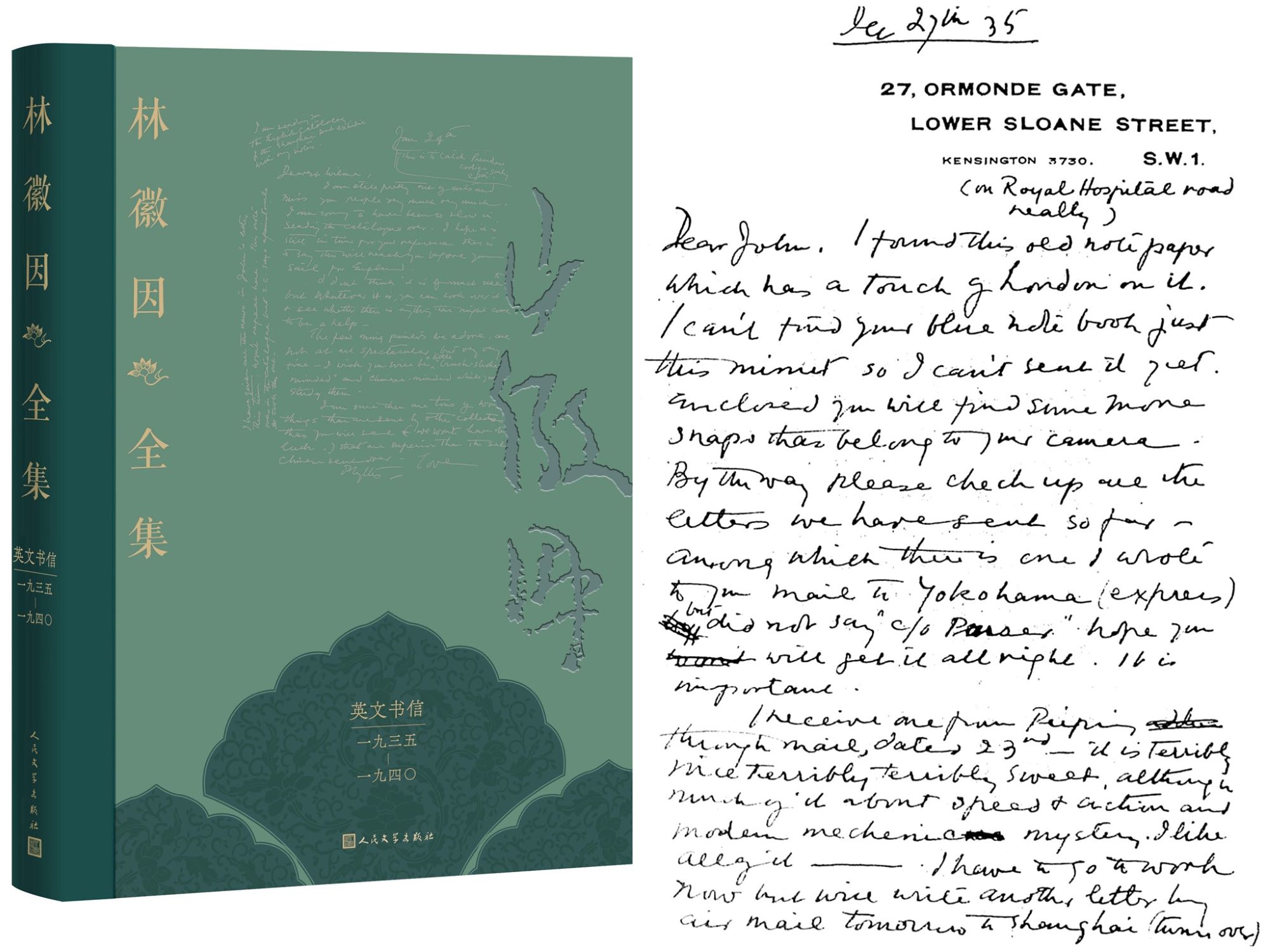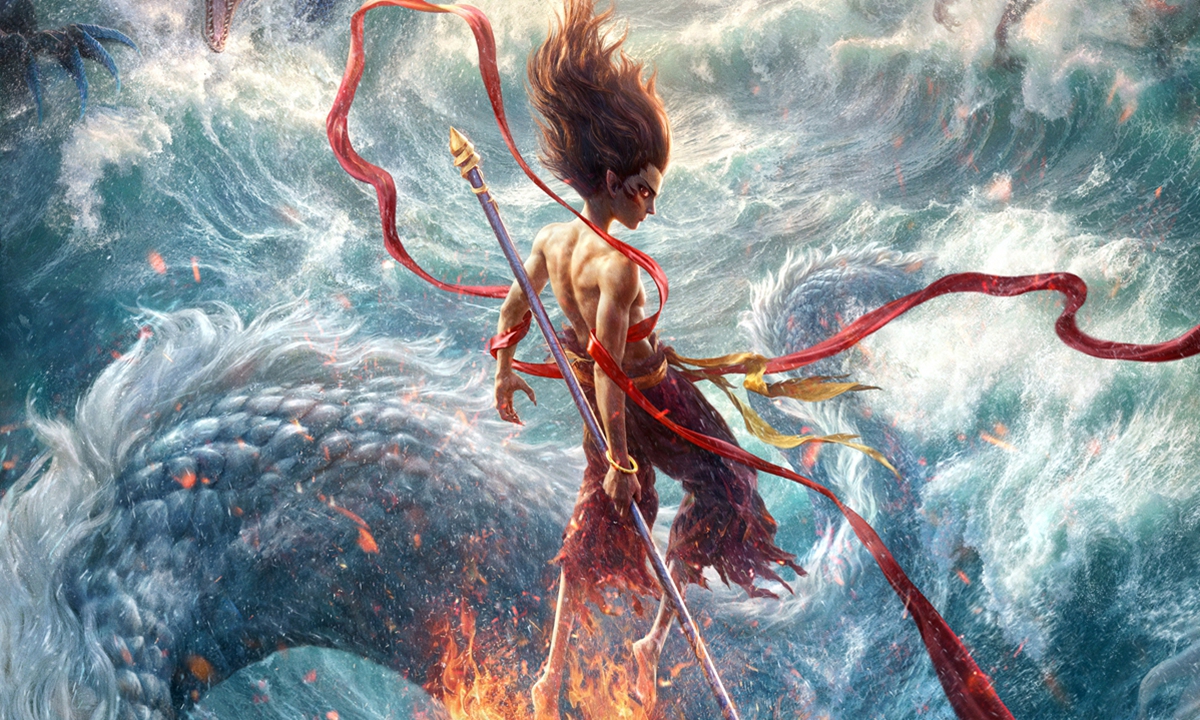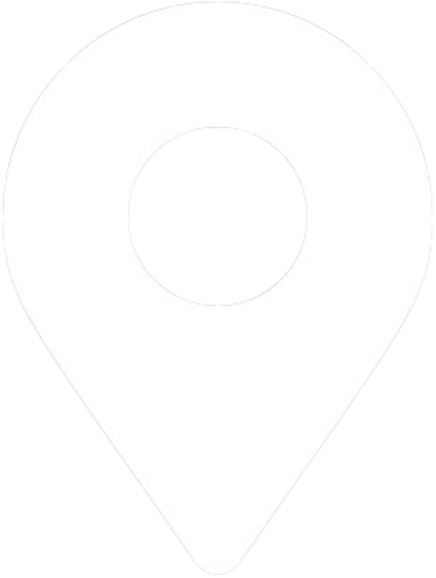After 156 days and 10,756 kilometers on his bike, starting from Amsterdam and traveling through Vienna, Istanbul, Tehran, Urumqi, Luoyang, and many other cities, Dutchman Ole Bouman finally arrived in Shanghai.
The journey from west to east, across the continent, is a difficult one that can only be experienced in person. “What supported me in completing my journey, besides luck, was the desire for ‘dialogue’ and the yearning for ‘peace’.” Ole Bouman said.
Ole Bouman is a professor at the School of Architecture and Urban Planning, Tongji University, and curator of the Netherlands Architectural Institute. He is also the former editor-in-chief of Volume magazine. He has participated in the planning of the 3rd European Manifesto Exhibition and the National Pavilions of the Shenzhen, Sao Paulo and Venice Biennales of Architecture. In addition, he was the Creative Director of the 5th Shenzhen-Hong Kong Bi-City Biennale of Urbanism/Architecture. Ole Berman has co-authored works such as The Invisible in Architecture, Ubiquitous China, Responsible Architecture, and Designing the Interconnected: Becoming a Platform for Creative Convergence. He has lectured in architecture and design at the Massachusetts Institute of Technology (MIT) and the University of Hong Kong.
How to travel to Shanghai from Amsterdam? For most people, buying a plane ticket and flying for ten hours or so is the overwhelming choice. However, Ole Bouman thought differently.
On 1 February 2024, Ole Bouman mounted his bicycle and set off from Amsterdam. Shanghai was his destination.
Ole Bouman is a historian, writer, and curator of urban design and architecture. He flew to China for the first time in 2005, and in the following years gave his first lecture and held his first exhibition in China.
China is undergoing a major transformation.” For Ole, this transformation is not only economic, but also cultural, “How is the cultural transformation of Chinese society taking place? And where will it turn? This needs to be explored and can only be explored through dialogue.” In 2015, Ole Bouman chose to stay in China for a long time to start a ‘dialogue’ with China.
As the Creative Director of the 5th Shenzhen-Hong Kong Bi-City Biennale of Urbanism/Architecture, renovating an old glass factory, establishing a new museum, and being invited to become a foreign professor at Tongji University …… In the past ten years, Ole Bouman’s work in China has been full of opportunities and challenges. “I have learned a number of ‘Chinese’ ways of thinking, operation modes, management methods, and so on. But what are the roots of the cultural differences between East and West? I never really got close to the heart of the matter.”
After almost ten years of flying between East and West, Ole Bouman decided a different way was needed.
His bike was 18kg and he carried 45kg of luggage. He crossed 18 countries and territories, about 300 rivers and streams, about 100 mountain passes and 3 deserts. After 156 days, he finally arrived in Shanghai, China.
Why travel at such a slow pace to somewhere familiar? “I wanted to understand the meaning of ‘East’ and share that understanding.” Ole Bouman sees this ride to the East as an unfolding process. The East is no longer a destination, but a living reality on the road.
“A plane ticket to Shanghai can never reveal the true meaning of ‘East’.” Ole Bouman said.
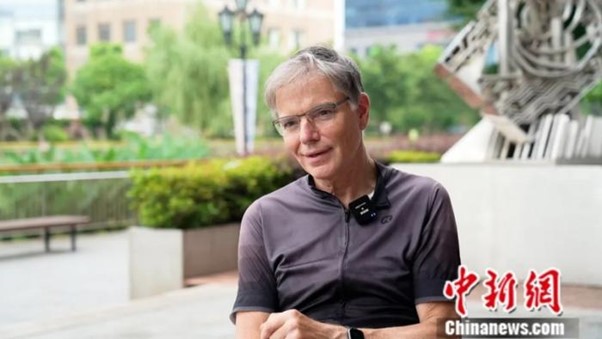
Retracing the Silk Road
The concept of the Silk Road was introduced to the general public in 1877 by the German geographer Ferdinand von Richthofen, but for the countless travellers who have traversed the Eurasian continent, this long journey has existed for thousands of years before it was defined. As the current exhibition at the British Musuem shows, the simple East-West path many imagine is not the truth.
As a historian, Ole Bouman almost instinctively maps out a route with the highest cultural density and historical concentration. Amsterdam, Vienna, Istanbul, Tehran, Urumqi, Dunhuang, Lanzhou, Xi’an, Luoyang and on to Shanghai.
“Countless historical events have taken place along this route over thousands of years. One section of it happens to be known as the Silk Road.” In Ole Bouman’s view, throughout history, Western conquerors pushed eastward for their own benefit, and merchants from the East and West travelled frequently along the Silk Road for profit. “Few travelled far simply for the sake of interest, or for the sake of understanding the other.”
Having lived in China for nearly a decade, he feels that even those Westerners who have made a career of writing professionally about China are prone to fall into certain ‘assumptions’ when dealing with the country. ‘There is a profound laziness in (their) thinking about the East that is amplified by seeking enemies, rivals or opposition.” Ole Bouman said.
In his view, the journey is essentially a response to this ‘laziness’ – riding across borders, being open to change, and observing how people shape their unique lives.
Borders and Commonalities
It’s a journey through borders. “I knew I would pass through a lot of borders, national borders, linguistic borders, religious borders, cultural borders, historical borders ……”, says Ole Bouman, noting that from the Netherlands to Germany, the language and culture have been different, and the next country, Austria, was known as the “Eastern Frontier” during the time of Charlemagne’s empire.
Turkey was a clear ‘demarcation point’ on this journey, and since then, Ole Bouman has set foot on a new continent – Asia. But the closer he gets to the East, the more he is struck by the commonalities on both sides of the border.
Commonalities are everywhere under the borders, ‘between nations, between peoples, between communities, between people.’ Ole Bouman found that on both sides of the border, people can have the same value system, the same aesthetic views, and even the same cuisine.
Entering Iran from the vicinity of Mount Yararat, Ole Bouman travelled through Khoy, Tabriz, Zanjan, Karaj before finally arrived in the capital, Tehran. He visited many of the city’s bazaars, which, in his opinion, vividly embodied the concept of the Silk Road. “They were not only platforms for the exchange of goods, but also places where the world of different cultures merged.” The shops, warehouses, inns, camel stalls, hairdressers, bakeries that he sees intertwine to present a vibrant “Eurasian microcosm”.
Beyond borders, there is human goodness. In Iran, Ole Bouman once crossed a mountain range in the cold rain, a strange car quietly followed him soaking wet, “Later I understood, the driver wanted me to sit in his car to avoid the rain, so as to warm up a little.” The two men had never met before, they didn’t speak the same language, they were of different religions, “It wasn’t kindness or hospitality that I has asked for, it was the kindness of another person born of his own accord. And such kindness stayed with me throughout the journey.”
The road to Tehran was busy and dusty. During the long journey, Ole Bouman is warmed by the help and support he receives from the Iranians. The war that has raged in the Middle East has made the border more difficult to cross. He had to split the journey into two parts: travelling by plane to Uzbekistan, and from Tashkent riding further east along the Silk Road.
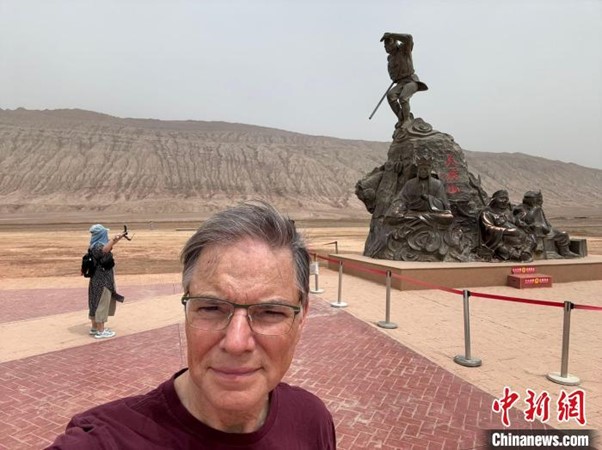
Dialogue and Peace
On 10 May 2024, Ole Bouman arrived in Xinjiang. Entering from Yining, he travelled through Urumqi and then deeper into the vast Desert.
Ole Bouman took in the grandeur and serenity of the Buddhist temple ruins in the Jiahe Old City, listened to the legendary story of Venerable Xuanzang’s quest for scripture at the museum in Guazhou, and travelled to the Mogao Grottoes in Dunhuang and the Dafosi Temple in Zhangye, “It was as if I was following a Buddhist touring path from west to east, and at the same time, a spiritual lifeline to the Orient.”
In Lanzhou, Ole Bouman enjoys the charm of multicultural coexistence; in Luoyang, he visits the footprints of Laozi. Ole travelled all the way east into the hinterland of China. In this journey, China’s history and present are so vivid that they are intertwined into a tapestry of life.
“In China, I traced the spread of Buddhism for over a thousand years, experiencing the quest for enlightenment and inner peace, before moving into the heart of Taoism and Confucianism.” According to Ole Bouman, while these value systems differ in their sources of inspiration, they share similarities in their quest to emphasise social harmony – all achieved through the accumulation of time and relentless effort.
Standing next to the rice fields of Danyang, Ole gained a new understanding of the Chinese character ‘和’: the character ‘和’ consists of ‘禾’, which symbolises rice, and ‘口’, which symbolises human needs and consumption. The combination of rice and human beings together gives birth to society and civilisation. Conversely, a complete civilisational system cannot exist without the interdependence of people and food.
With this understanding, the Chinese word ‘和平’(Peace and Harmoney) is even more meaningful. “‘Harmony’ is a symbol of coordination. ‘Peace’ is the balance between people, between self and other.” Ole Bouman said, “It is an endeavour, a creation, an ongoing work. Creating peace requires wisdom and humility and hard work.”
Born in Amersfoort – a Dutch city that was war-torn during the Second World War – Ole Bouman has cherished peace since childhood. His long journey has also made him realise that peace is not just a path to progress, but a cornerstone of survival, and that “in order to achieve peace, dialogue needs to be maintained between East and West, between countries and between people.”
In Ole Bouman’s opinion, sitting down for a cup of tea can be considered a ‘small act of peace’. “If people share their time with each other and engage in dialogue, they understand each other better; but when people stop sharing and blame each other without knowing the facts, it’s harder to keep the peace.”
After more than five months of ‘riding alone’, Ole Bouman has finally reached the end of his journey. However, his ‘dialogue’ is still not over.
If you liked this article why not read: Jean-Charles Fortoul: cultural integration makes global tourists have a new understanding to China

